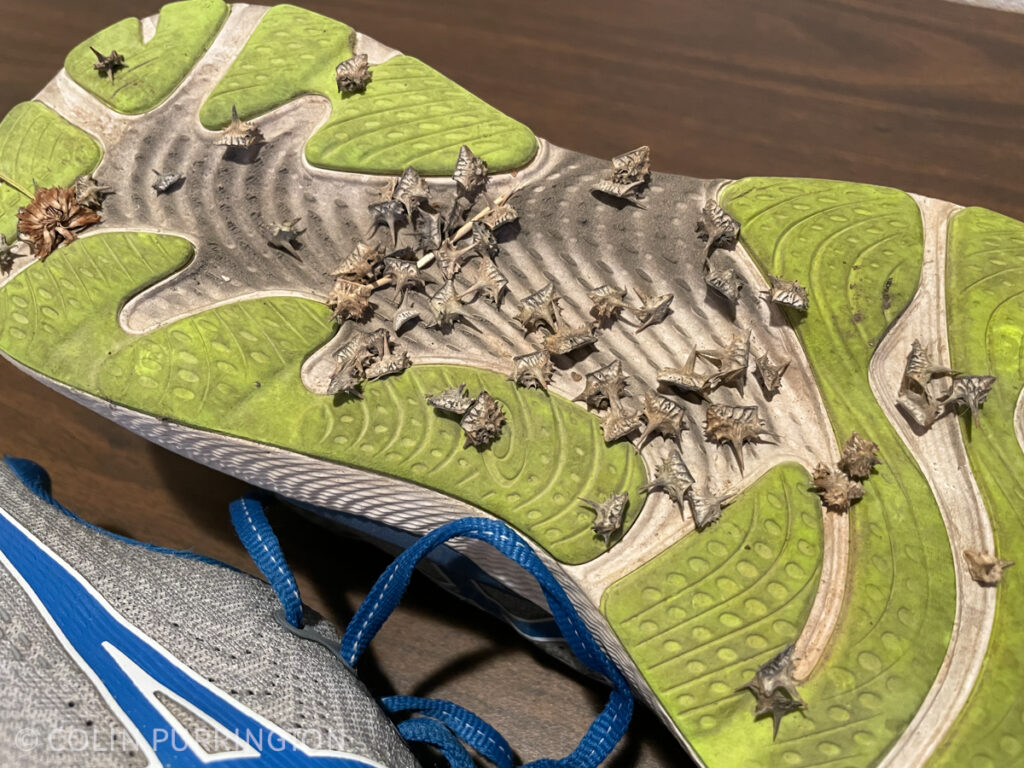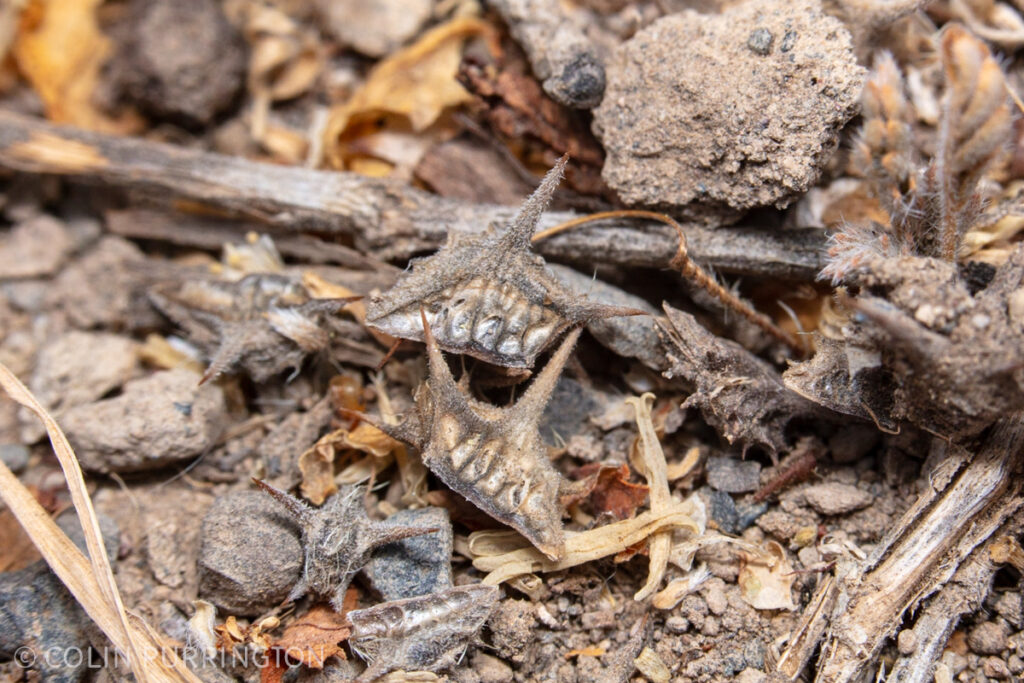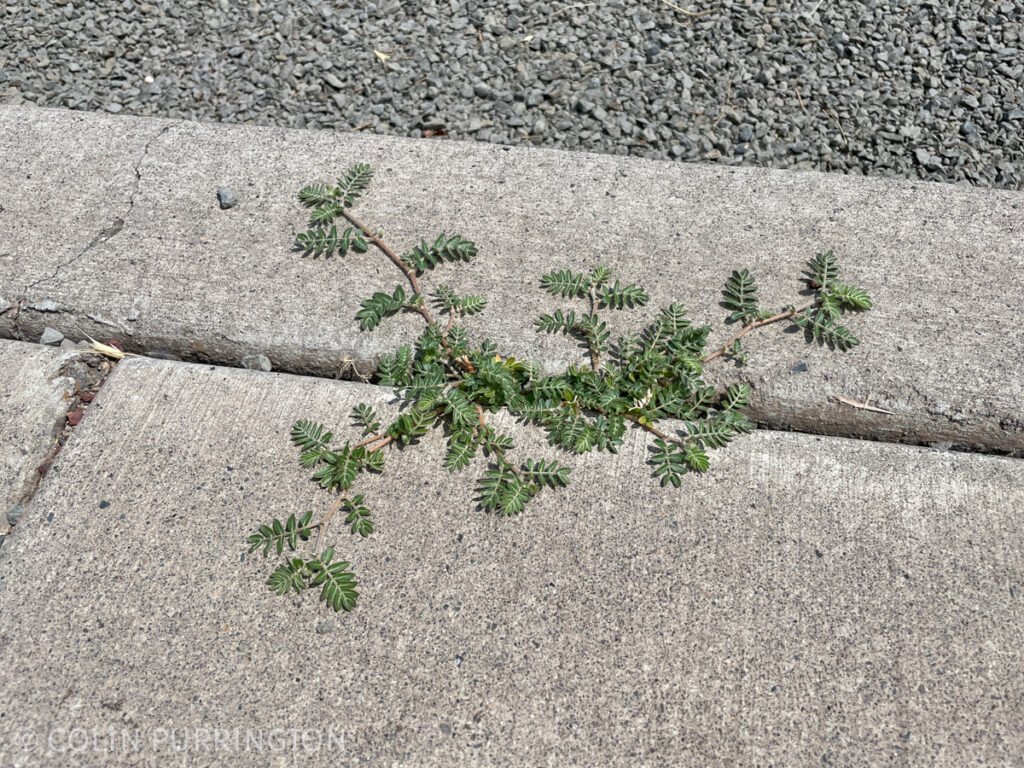It’s going to snow all day here in Swarthmore, Pennsylvania, so I thought I’d post a quick note about a snow fly I found years ago in New York. I’m pretty it was a male Chionea scita (Limoniidae), one of 16-18 species north of Mexico. All members of the genus are wingless, and it’s my understanding that they use snow as an opportunity to better find mates. If you have snow, too, I highly recommend looking for them.

Here’s a photograph of a mating pair. That’s all the adults do, I gather. The larvae likely hang out in rodent nests, perhaps eating the fungi that grow on the feces (don’t judge). But that’s just a guess among biologists who study the genus.
If you find one, definitely take a photograph and post to either BugGuide or iNaturalist, sites that can better help biologists and snow-fly enthusiasts track which species occur where. And you can also get an identification from experts on those sites. As you can see from the distribution map on BugGuide, snow flies have never been reported in approximately 20 states, and other countries have similar issues because the flies are so rare. You’d have a few seconds of fame if you could fill in one of these distribution gaps.
And take some closeups of the head region if your camera can do that — there’s apparently a nematode (or its eggs, I’m unsure of which) that can sometimes be found coiled around their necks inside a thin-walled collar. Also take closeups of any missing legs, which is of interest because they have the ability to jettison limbs that begin to freeze as a way to prevent the crystallization from spreading to the rest of the body (nice trick).
If you’re a science fan and live near a post office, consider packing up the specimen and sending it to the folks running The Snow Fly Project. If you are in the snow a lot, sign up for an account at Adventure Scientists to facilitate your collections.



